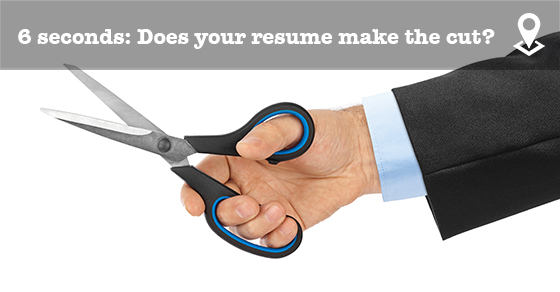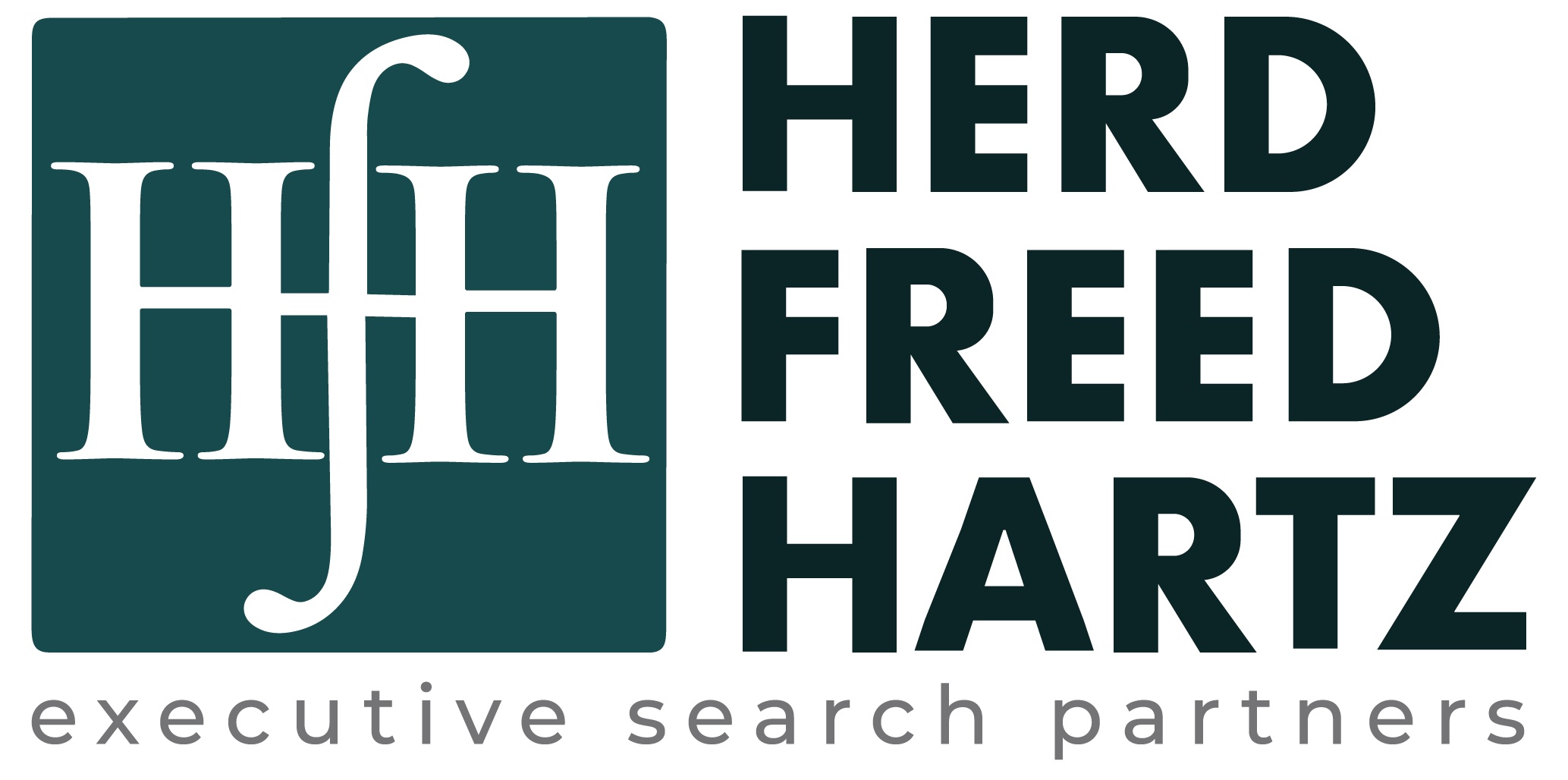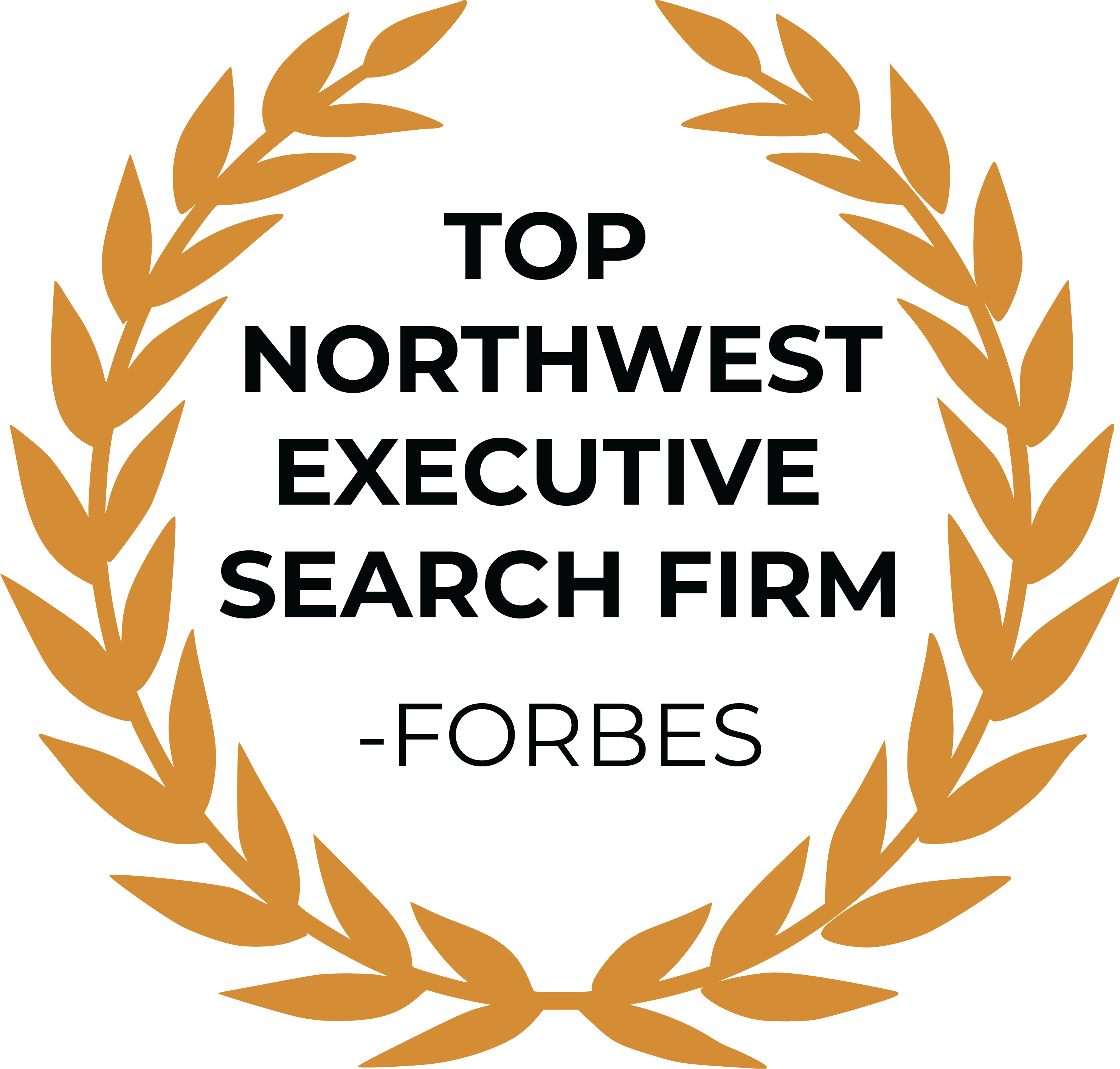Know The Six Second Resume Rule

Hold your breath and slowly count to six in your head.
Six to seven seconds. That is the average time most resumes get reviewed before a recruiter makes a decision whether the candidate could be a fit for a role or not.
After reviewing at least 50,000 resumes in my career, I would agree with the six-second rule. It’s not that recruiters aren’t thoughtful, but they are reviewing hundreds of resumes. Hiring managers are equally quick to make a decision on resumes.
Does your resume pass this test?
Would your resume make an impression in six seconds? Let’s find out.
Print out a copy of your resume, grab some scissors, and cut off the top third of the page. Imagine handing this “mini resume” to people you don’t know you. Could they find clear answers to these three questions?:
- 1) What do you want to do? It needs to be easy for the reader to quickly know the specific role you are looking for.
- 2) What makes you qualified to do this? The target role should make sense based on relevant experience.
- 3) Is it compelling? The top third should be enough to inspire a hiring manager to schedule an initial interview. The resume content is the most important, but the resume layout can also make a positive different.
“The Top Third Rule”
Recruiters scan the top third of each resume and decide almost instantly whether the applicant could be a potential fit. If the top third shows promise, the recruiter will invest more time with the rest of the resume’s details. If the top third doesn’t jump out, however, the recruiter moves on.
I call this the Top Third Rule.
It’s the same way most of us filter high-volume content. If the headline and first paragraph of an article doesn’t grab your attention, you’re not going to read the rest. Six seconds, remember?
Recruiters are not your career counselor. Their job is to quickly assess potential talent from huge stacks of resumes, not decipher your life story in order to help you figure out what you want to do with your life.
What to include in the top third
As a recruiter, a resume has six seconds to get my attention. As a friend, however, I’ve spent considerably more time helping hundreds of people hone their presentation to take advantage of the Top Third Rule.
In fact, I’ve done this enough times to develop a proven system. Follow these steps and you’ll greatly increase your potential to land an interview. Most people don’t get this concept, which is their loss and your gain.
Very few things will fit in the top third of a resume. Here are the only three that matter:
1. Name and contact info
No surprises here, as this identifying is typically at the top. But be sure to keep it simple: name, address, cell phone, and email. List your personal website or social media links only if these add to your story and include relevant information that can’t be shown in the resume. For example, a graphic design portfolio or media coverage.
2. Objective
Most resume advice out there will tell you not to include an Objective. Perhaps this is because most Objectives are poorly written. In any case, I believe that your Objective is essential information. When properly used, this single sentence has the power to set you apart from 90 percent of resumes. Trust me. It works.
Here’s an actual example of an Objective line I read off a resume recently:
Objective: An exciting role with a game-changing company that will help me utilize my skills, make an impact, and be part of an engaged culture.
Really? As a recruiter, all this tells me is that the person can use a few business buzzwords. Remember how you only get six seconds? This applicant just wasted three of them!
An effective Objective answers one key question: What specific role/title interests you?
Make it easy for the overloaded recruiter. State the job title that best fits your experience. Do you want a job as an Audit Manager, Software Development, Sales Account Manager, or VP of Marketing?
Bonus points if you can state your level/years of experience, and link specific details or company names to round out that one-sentence hook.
Here’s an example of a well-written Objective:
Objective: Senior Product Manager role utilizing my 7+ years of product management experience with top consumer brands such as Starbucks and Disney.
As a recruiter, I read this objective and quickly learn a few key facts:
- * “Senior Product manager role” – This focus helps me know which “bucket” of jobs to consider this person.
- * “7+ years of product management experience” – This person’s Objective is based on relevant experience and a general “mid-level” of experience. Seven years of experience (versus one or 15 years) validates the “senior” product manager description as appropriate
* “Top consumer brands” – This demonstrates a track record in the consumer industry (versus enterprise or business-to-business) and suggests that this person can be expected to understand brand concepts in that context.
- * “Starbucks and Disney” – Listing recognizable employers in the Objective is a great way to quickly grab attention. If you have worked with a well-known company, or an industry competitor, name-dropping in the top third can give you an early advantage.
OK, now it’s your turn. Here is the template to complete your Objective line:
Objective: JOB TITLE role utilizing my # years experience with/delivering [List 1–2 things, such as industry/target customers/problems solved/past company name to hook the reader] .
3. Skill Summary
Below the Objective, list five or six bullet points to summarize your key talking points or “elevator pitch.” Focus on clear, measurable areas.
Like the Objective, your Skill Summary should make the recruiter or hiring team’s job easier. If your list of skills aligns with their list of qualifications for the position, they can see the connection faster.
A succinct Skill Summary can be difficult, but take a close look at every single word and ask: Is it necessary? Limiting yourself to just a few bullet points not only saves precious space and time, it also shows that you can communicate efficiently and produce “executive summaries,” an ability that’s likely applicable to work situations you might encounter later.
It’s much easier to have this section be too long and wordy. As Mark Twain once said, “I did not have time to write you a short letter, so I wrote you a long one.”
Here’s a shortcut tip for writing a Skills Summary that piques the right interest.
Look at the “Qualifications” section of a job description for a role that interests you. Collect these bullet points as a starting point, and look for key terms and phrases to incorporate with your own list. Don’t copy and paste directly, but pay attention to insider language or keywords and then describe your skills accordingly. If done well, the recruiter will see your summary think, “Check…check…check…OK, I should put this person in the follow-up list.”
Don’t be a hero
What about listing “Boy Scout traits”? I’m often asked if it is important to list positive characteristics in the Skill Summary section, such as “hard working,” “dependable,” “smart,” “team player,” “good customer service skills,” and “loyal.”
In 20 years of recruiting, I’ve never run across a resume that did not advertise these kinds of traits! You can list them if you want, but their impact is neutral, which is not the best use of valuable space.
A better approach is to integrate these concepts below the Top Third, in the work experience section where you describe how you solved specific problems.
In case you’re curious, the 12 Boy Scout traits are:
- Trustworthy
- Loyal
- Helpful
- Friendly
- Courteous
- Kind
- Obedient
- Cheerful
- Thrifty
- Brave
- Clean
- Reverent
These are great attributes most employers would like to see, but a company will want to assess your character for themselves, rather than simply take your word for it, and this culture fit screening is more likely to happen during the interview phase, not as part of your resume review.
4 qualities of a strong resume
In summary, your resume needs to meet four key criteria, in order of importance:
- 1) Focused: What do you want to do?
- 2) Credible: Does what you’re looking for make sense?
- 3) Compelling: What makes you better or more unique than other candidates?
- 4) Likeable: Do you have a personality and potential culture fit?
The Top Third Rule will enable you to nail the first three and stand out from the pack. The content that follows, namely the Experience section, can add more Compelling information.
As I mentioned, the interview is your opportunity to prove that you’re a likeable culture fit, but there’s a way to suggest this on your resume as well with a brief section on Interests, Hobbies, or Volunteer work.
For more helpful job search tips: Ultimate Job Search Guide: Recruiter Insider Tips

